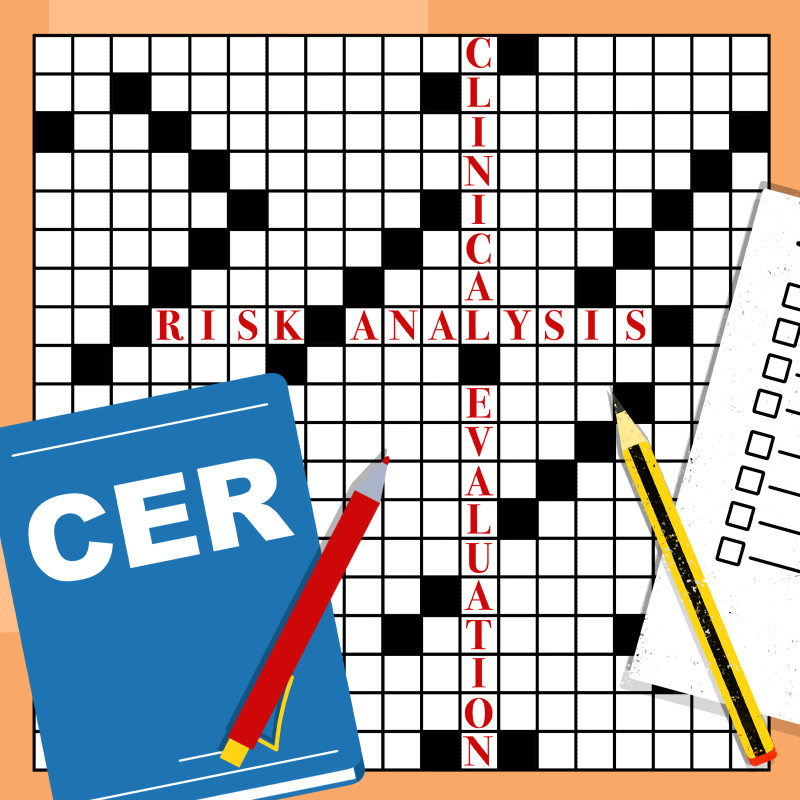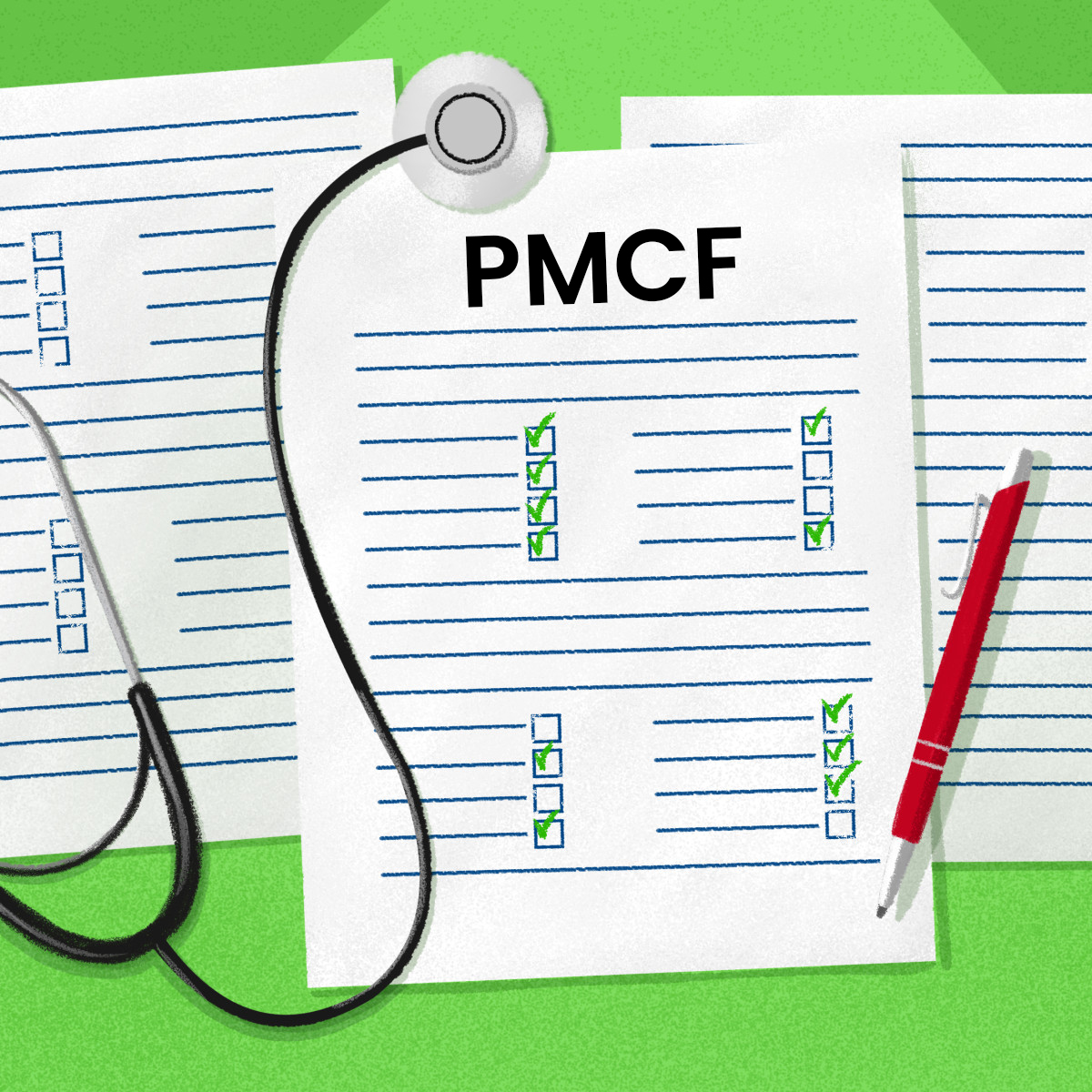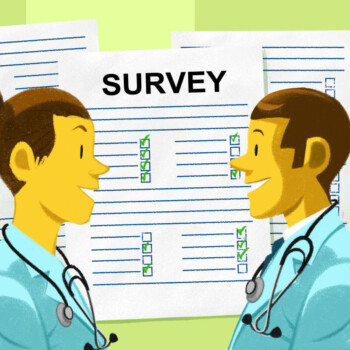To market a medical device, the manufacturer must demonstrate its compliance with the general safety and performance requirements established in Annex I of Regulation EU 2017/745, under normal conditions of use for the device. This evaluation includes assessing both the performance and safety of the device, ensuring that all known and foreseeable risks, as well as any unwanted side effects, are minimized and deemed acceptable in relation to the benefits evaluated for the patient and/or user.
Risk analysis and clinical evaluation play a fundamental role in demonstrating compliance and ensuring the safety of medical devices. These two aspects are closely interconnected and essential for guaranteeing that medical devices are safe, effective, and compliant with the quality standards required by European legislation.
The manufacturer is required to provide “sufficient clinical evidence” to support this demonstration, meaning they must identify the level of clinical evidence that needs to be produced, ensuring it is proportional and adequate to the nature, classification, intended use, and risks of the device in question, as identified and assessed in the risk analysis.
As previously mentioned, risk analysis is a systematic process aimed at identifying, evaluating, and managing potential hazards and the consequences associated with the use of a medical device. This process involves identifying possible hazardous situations arising from the device’s use, evaluating the likelihood and severity—i.e., the risk—of resulting harm, and determining measures for its mitigation, ensuring the device is safe for its intended use. Regulation EU 2017/745 requires a complete and accurate risk analysis that considers all possible scenarios of device use, including misuse that could lead to hazardous situations.
Clinical evaluation, as defined by the regulation, is a continuous and systematic process for collecting, interpreting, and analyzing clinical data to establish or confirm the efficacy, safety, and performance of a medical device. This process includes not only clinical studies but also the analysis of epidemiological data, laboratory results, and other relevant data sources. The clinical evaluation must demonstrate that the medical device complies with the safety and performance requirements specified in the MDR.
The connection between risk analysis and clinical evaluation is intrinsic and vital for the success—both clinical and market-based—of any medical device. In fact, risk analysis provides crucial data for designing accurate clinical studies and defining the safety and efficacy parameters that must be monitored during these studies. By identifying and understanding potential risks through analysis, device developers can create specific study protocols that address these risks and demonstrate that the device is safe and performs as expected in real-world situations.
During clinical evaluation, the collected data is used to confirm and refine the conclusions of the risk analysis. For example, if the risk analysis identifies the risk of adverse reactions under certain conditions, the clinical evaluation will include specific procedures to identify and document these reactions in patients.
When preparing the Clinical Evaluation Plan, manufacturers must identify the safety and performance requirements (GSPR) that require clinical data for demonstrating compliance and define what clinical data is adequate to show that the device is safe and achieves the expected clinical benefits when used by the manufacturer according to the provided instructions. To do this, the risk assessment document is one of the first elements to consider, alongside the claims stated on the label, in the instructions for use, and in the promotional material for the device.
It is important that the methods used in clinical evaluation to assess both qualitative and quantitative aspects of clinical performance and safety are adequate to detect side effects and are useful for assessing residual risks. The risk analysis conducted during the initial development phase of the device must be complemented with information from the clinical evaluation, in a relationship of interdependence that will continue throughout the device’s lifecycle.
For an adequate analysis of all risks, it is essential to identify all available clinical data relevant to the device and its intended use through a systematic review of scientific literature, clinical investigations, or other studies related to the device itself or to devices demonstrated to be equivalent, or similar devices. The analysis should highlight any outstanding issues and assess the potential need for new data to be gathered through appropriate clinical investigations.
The clinical evaluation must also address issues related to risks associated with specific components of the device, such as medicines, animal tissues, or non-vital human tissues.
Another important aspect of the clinical evaluation is assessing the expected clinical benefits for patients, by identifying relevant and specific clinical outcome parameters to determine the risk/benefit ratio for the various intended uses and purposes of the device.
These parameters must be based on the “state of the art” of the device and, following the initial assessment of the device’s compliance, are subject to periodic re-evaluation, using data from post-market surveillance (PMS) and particularly from post-market clinical follow-up (PMCF).
The device’s compliance with the general safety and performance requirements must be maintained throughout its lifecycle. To adequately monitor the risks of a device, it is important to identify all clinical data that becomes available over time, related to the device and its intended use, as well as similar devices, through a systematic review of the “state of the art” and data from post-market surveillance, particularly from PMCF activities. It is crucial that such data be properly evaluated by qualified personnel using scientifically valid methods to draw conclusions about the safety and clinical performance of the device, in order to take appropriate corrective actions if necessary and continue to confirm the acceptability of the risk/benefit ratio of the device and, therefore, legal compliance.
In conclusion, risk analysis and clinical evaluation of medical devices are key elements in the process of developing and approving a new device. Risk analysis provides a solid foundation for understanding potential hazards associated with a device and for developing mitigation strategies. This information guides the design of clinical studies and evaluations of the device’s performance. It is essential for medical device manufacturers to fully understand this connection and integrate risk analysis into clinical evaluation to ensure the safety and efficacy of their products.
In this context, it is essential to rely on a team composed of individuals skilled in conducting risk analysis, researchers capable of organizing and conducting clinical studies, and professionals in regulatory affairs, to ensure that medical devices meet the highest standards of quality and safety, and thus achieve market success.








